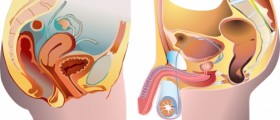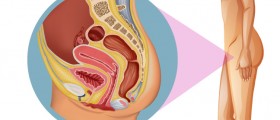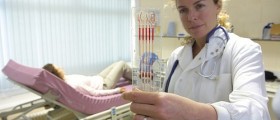
You can expect your endometrial biopsy to be carried out either at your doctor's office, or in a hospital. You will lie on your back, probably in stirrups, just like when you are getting a PAP smear. And, like with the PAP smear, your doctor will insert a speculum into the vagina to widen the opening and to figure out the location of the cervix. A tube-like instrument, either made of metal or of plastic, will be inserted through the cervix, which is the the opening to your uterus. This catheter will be used to locate and remove a piece of endometrial tissue. Many women who are going for a endometrial biopsy are worried whether the procedure will hurt. The good news is that it normally doesn't, but you may feel some pressure or discomfort during the procedure. Local anesthesia is not usually required for women who are undergoing a endometrial biopsy.
If you are worried, taking a Tylenol before you go to the doctor's office is one of the most effective measures you can take to prevent pain. You may also notice a slight cramping after the procedure is over; if this persists, call your doctor for a consultation. An endometrial biopsy is a very safe procedure that does not usually carry any risks. However, if you are pregnant, have an acute attack of Pelvic Inflammatory Disease, or currently have a vaginal or cervical infection, you cannot have a endometrial biopsy.





_f_280x120.jpg)











Your thoughts on this
Loading...